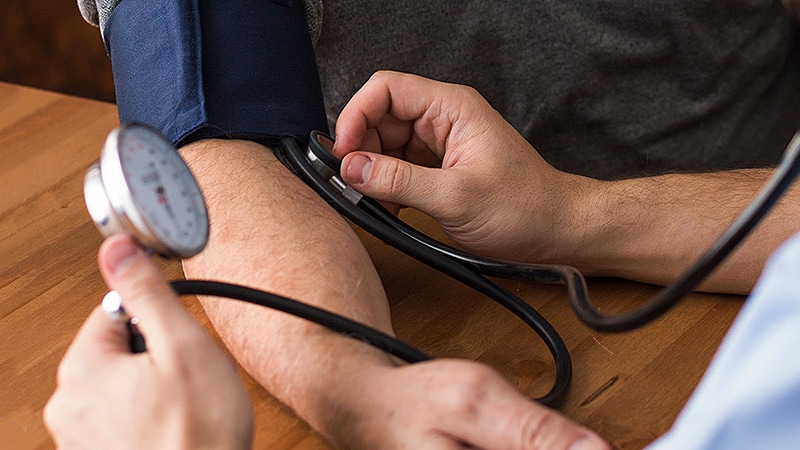Core Concepts
Simplified guidelines aim for effective hypertension management.
Abstract
The European Society of Hypertension (ESH) released updated guidelines for hypertension management, emphasizing a simplified approach. The guidelines were presented at the 32nd Annual European Meeting on Hypertension and Cardiovascular Protection Meeting in Milan, Italy. Key highlights include clear guidance on blood pressure measurement, treatment thresholds, and drug recommendations. The guidelines also introduce the concept of "true resistant hypertension" and emphasize the importance of implementation for effective management.
New ESH Hypertension Guidelines Aim for Simplified Message
Stats
The definition of hypertension remains unchanged: systolic blood pressure values of ≥140 mm Hg and/or diastolic blood pressure values of ≥90 mm Hg.
Treatment initiation recommended when systolic blood pressure is ≥140 mm Hg or diastolic blood pressure is ≥90 mm Hg.
Blood pressure target is <140/80 mm Hg for most patients.
Dual therapy can control 60% of patients, while triple therapy can control up to 90%.
Only about 5% of patients have true resistant hypertension.
Quotes
"We have tried to provide a simplified message to key topics with these new guidelines." - Prof Reinhold Kreutz
"We should aim for the systolic blood pressure to be within the range of below 140 mm Hg down to 120 mm Hg." - Prof Reinhold Kreutz
"We can control 60% of patients in the general hypertensive population with dual therapy, and up to 90% with triple therapy." - Prof Reinhold Kreutz
Key Insights Distilled From
by Sue Hughes at www.medscape.com 06-30-2023
https://www.medscape.com/viewarticle/993913
Deeper Inquiries
How can healthcare systems improve the implementation of hypertension guidelines?
Healthcare systems can improve the implementation of hypertension guidelines by shifting towards convenient, community-based care models. This can involve creating teams where nonphysicians assist in the management of hypertension, ensuring reliable and affordable medications are readily available, and utilizing electronic health records to track patient adherence to treatment regimens. Simplifying protocols and focusing on standardized approaches can also help in better adherence to guidelines. Additionally, healthcare systems should prioritize proper training for healthcare professionals on accurate blood pressure measurement techniques to ensure correct diagnosis and treatment.
What are the potential drawbacks of simplifying blood pressure targets?
While simplifying blood pressure targets can make guidelines more accessible and easier to follow, there are potential drawbacks to consider. One drawback is the risk of undertreating patients who may benefit from more aggressive blood pressure control. By setting a general target range, there is a possibility of overlooking individual patient factors that may warrant a more personalized approach to treatment. Simplification may also lead to a one-size-fits-all mentality, neglecting the nuances of different patient populations and their specific needs. Additionally, simplifying targets could result in a lack of motivation for patients and healthcare providers to strive for optimal blood pressure control beyond the basic threshold.
How can technology be leveraged to enhance hypertension management beyond medication adherence?
Technology can be leveraged to enhance hypertension management in various ways beyond medication adherence. One key aspect is the use of remote monitoring devices for blood pressure measurement, allowing for real-time data collection and analysis. Telemedicine platforms can facilitate virtual consultations and follow-ups, improving access to care for patients with hypertension. Mobile health applications can help patients track their blood pressure, medication adherence, and lifestyle factors, providing valuable insights for both patients and healthcare providers. Artificial intelligence and machine learning algorithms can analyze large datasets to identify patterns and predict individualized treatment responses. Overall, integrating technology into hypertension management can streamline care delivery, improve patient engagement, and optimize treatment outcomes.
0
More on Healthcare
